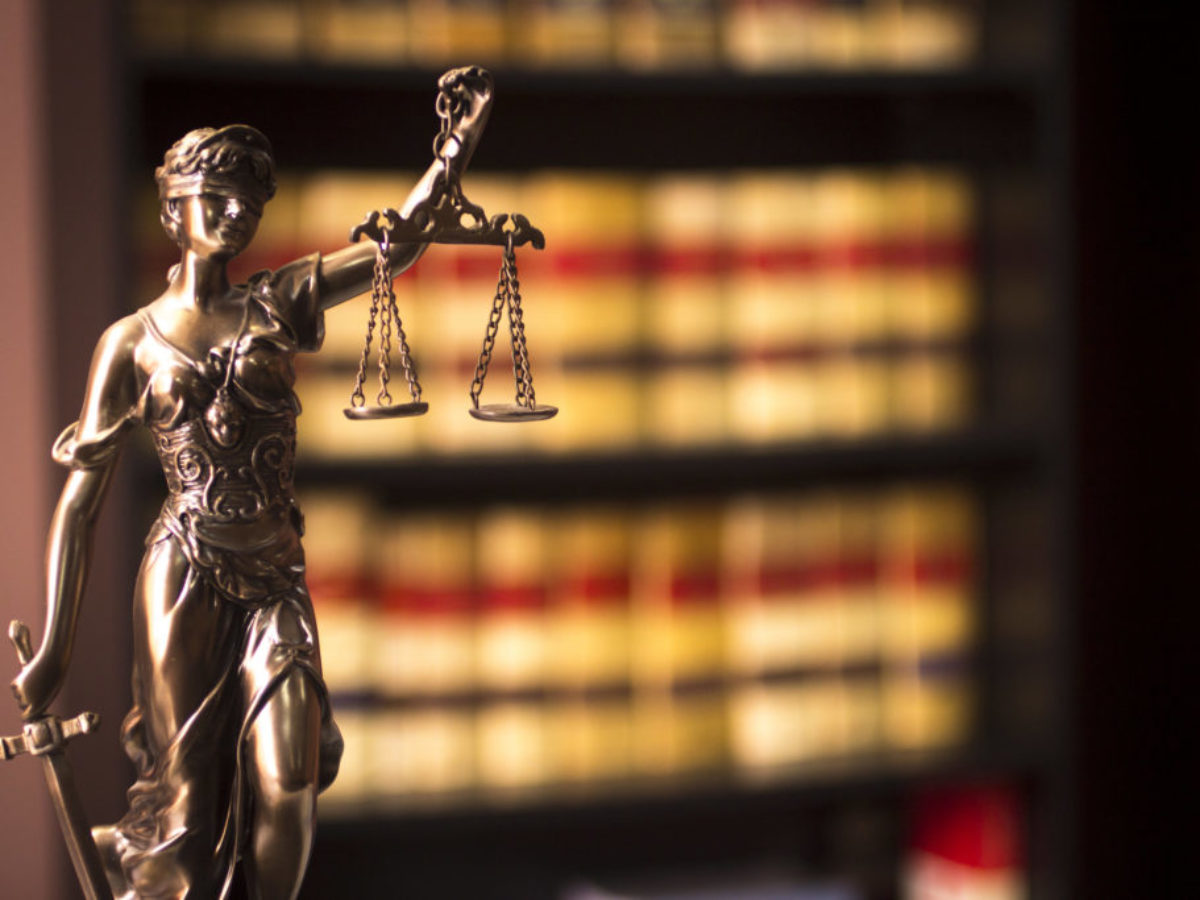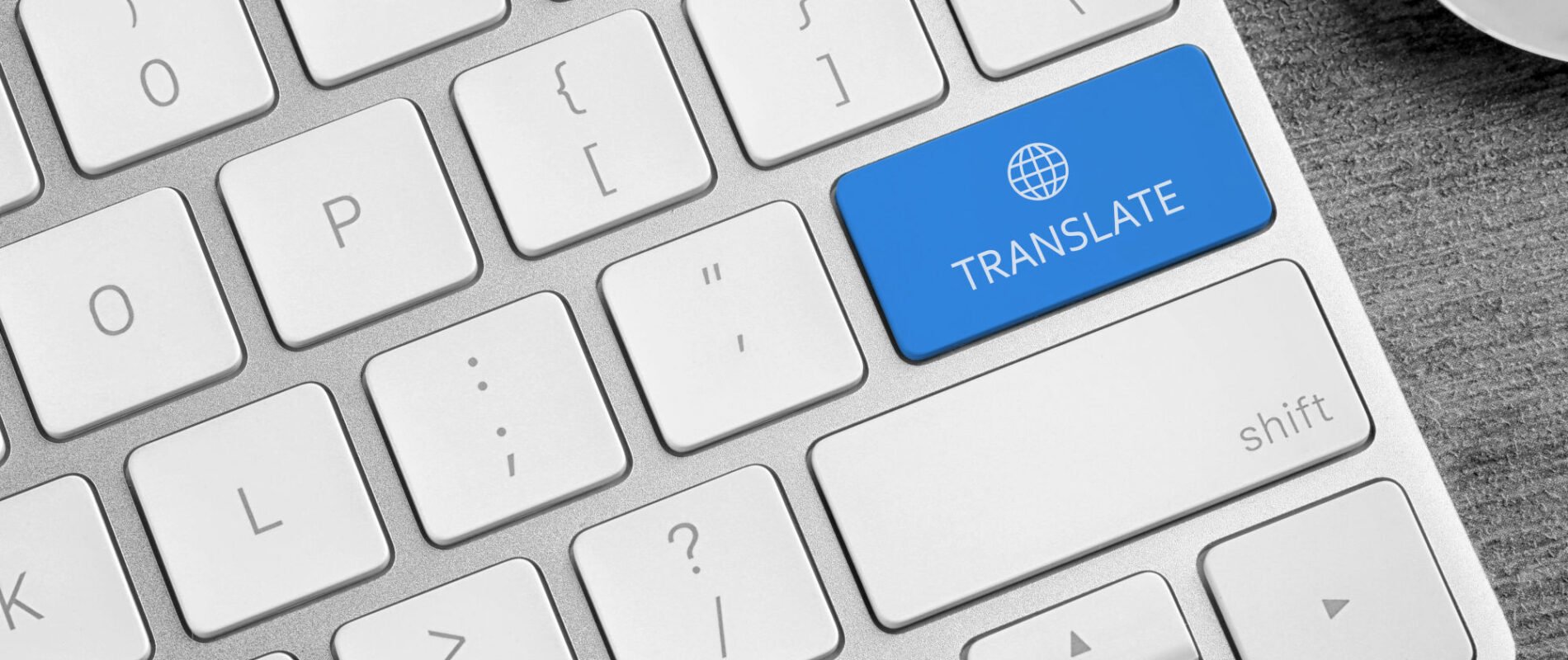In an increasingly interconnected global landscape, the seamless and secure exchange of information is paramount. This holds especially true for document translation, where the integrity and confidentiality of sensitive information are non-negotiable. Whether it’s a complex legal contract, a detailed financial report, or confidential medical records, the process of translation introduces potential vulnerabilities that could compromise data security. Traditional translation workflows often involve multiple parties and various platforms, creating opportunities for unauthorized access, data manipulation, or breaches of privacy. This is where blockchain technology emerges as a transformative solution, offering a robust framework to enhance security and confidentiality in document translation.
At its core, blockchain is a decentralized, distributed ledger technology that records transactions across a network of computers. Each “block” contains a timestamped set of transactions, and once recorded, these blocks are linked together in a chronological chain, making them extremely difficult to alter or tamper with. This inherent immutability and transparency are precisely what make blockchain so valuable for securing document translation.
Blockchain’s Role in Ensuring Tamper-Proof Translations and Secure Data Sharing
The application of blockchain in document translation revolves around its ability to create an unchangeable record of every step in the translation process. Imagine a sensitive legal document being translated. With blockchain, the original document's hash (a unique digital fingerprint) can be recorded on the blockchain. Once translated, the translated document's hash, along with the translator's identity and a timestamp, can also be added. Any subsequent modification to either the original or translated document would result in a different hash, immediately flagging a potential tampering attempt. This ensures the integrity of the translation from its initial state to its final delivery.
Furthermore, blockchain facilitates secure data sharing. Instead of sending sensitive documents back and forth via email or unencrypted cloud storage, which are susceptible to interception, a blockchain-based system can provide a secure, auditable trail. Access permissions can be managed through smart contracts – self-executing contracts with the terms of the agreement directly written into code. This means that only authorized parties (e.g., the client, the translator, the proofreader) would have access to the document, and their interactions with it would be transparently recorded on the blockchain. This eliminates the need for intermediaries to verify authenticity, as the blockchain itself serves as the trusted, verifiable record.
Real-World Applications and Potential Use Cases in Industries like Finance and Law
The potential applications of blockchain in document translation are particularly compelling for industries that handle highly sensitive and regulated information.
In the financial sector, accuracy and security in translation are critical for international transactions, financial reports, and regulatory compliance documents. A slight error or unauthorized alteration in a translated financial statement could have significant legal and economic repercussions. Blockchain can be used to:
· Verify the authenticity of financial documents: Before a translated financial report is accepted by an international regulatory body, its authenticity and the integrity of its translation can be verified against a blockchain record.
· Secure cross-border payment instructions: Translation of payment instructions and financial agreements can be secured, preventing fraud or errors during international fund transfers.
· Streamline due diligence: During mergers and acquisitions, the translation of extensive financial and legal documents can be made more secure and auditable, enhancing the due diligence process.
For the legal industry, the implications are equally profound. Legal documents, such as contracts, patents, and court transcripts, require absolute precision and unassailable authenticity. Blockchain can revolutionize legal translation by:
· Ensuring the integrity of legal contracts: Translated contracts can be timestamped and hashed on a blockchain, providing irrefutable proof of their content at a given time and preventing post-signature alterations.
· Securing intellectual property documents: Patent applications and other intellectual property documents often require translation for international filing. Blockchain can provide a secure and verifiable record of these translations, protecting against infringement.
· Enhancing e-discovery processes: In international litigation, the translation of digital evidence and legal documents can be secured and tracked, ensuring their admissibility and integrity in court.
Beyond these two sectors, other industries like healthcare (patient records, medical research), government (international treaties, diplomatic communications), and even supply chain management (product specifications, customs documents) can benefit immensely from blockchain-secured translation.
Addressing Challenges and Emerging Trends
While the advantages of blockchain technology in secure document translation are clear, several challenges need to be addressed for widespread adoption.
One of the primary concerns is adoption costs. Implementing a blockchain-based translation system requires significant investment in infrastructure, software development, and training. For smaller translation agencies or individual translators, this upfront cost can be prohibitive. However, as the technology matures and becomes more accessible, these costs are expected to decrease, and blockchain-as-a-service (BaaS) models may offer more affordable solutions.
Another challenge is scalability. Current blockchain networks can sometimes struggle with processing a high volume of transactions quickly, which could be an issue for large-scale translation projects with tight deadlines. Research and development are actively addressing these scalability issues through solutions like sharding and layer-2 protocols.
Interoperability between different blockchain platforms and existing translation management systems also needs to be improved to facilitate seamless integration. Standardization efforts are crucial to ensure that various blockchain-based solutions can communicate effectively.
Despite these challenges, the trajectory of secure translation technologies is moving towards greater decentralization and cryptographic security. Emerging trends include:
· Decentralized Autonomous Organizations (DAOs) for Translation: Imagine a DAO where translators collectively own and govern a translation platform on a blockchain, ensuring fair compensation and transparent processes.
· Integration with AI and Machine Learning: Combining blockchain's security features with AI for automated translation and quality assurance can create highly efficient and secure workflows. The AI could perform the initial translation, and human translators could then verify and refine it, with all steps immutably recorded.
· Zero-Knowledge Proofs (ZKPs): ZKPs allow one party to prove that a statement is true to another party, without revealing any information beyond the validity of the statement itself. In translation, this could mean proving that a document was translated by a certified professional without revealing the document's content, further enhancing confidentiality.
· Digital Identity and Verifiable Credentials: Blockchain-based digital identities can provide a secure and verifiable way to confirm the credentials of translators, eliminating the risk of unqualified individuals handling sensitive documents.
In conclusion, blockchain technology offers a compelling solution to the critical need for enhanced security and confidentiality in document translation. Its immutable ledger, secure data sharing capabilities, and potential for smart contracts are poised to revolutionize how sensitive information is handled in a globalized world. While challenges remain, ongoing innovation and increasing awareness of its benefits suggest a future where blockchain-powered secure translation becomes the industry standard, fostering greater trust and efficiency in cross-cultural communication.
Artlangs Translation: Your Trusted Partner for Secure and Accurate Translations. We combine linguistic expertise with cutting-edge technology to deliver precise and confidential translations for all your critical documents. Contact us for more information.











